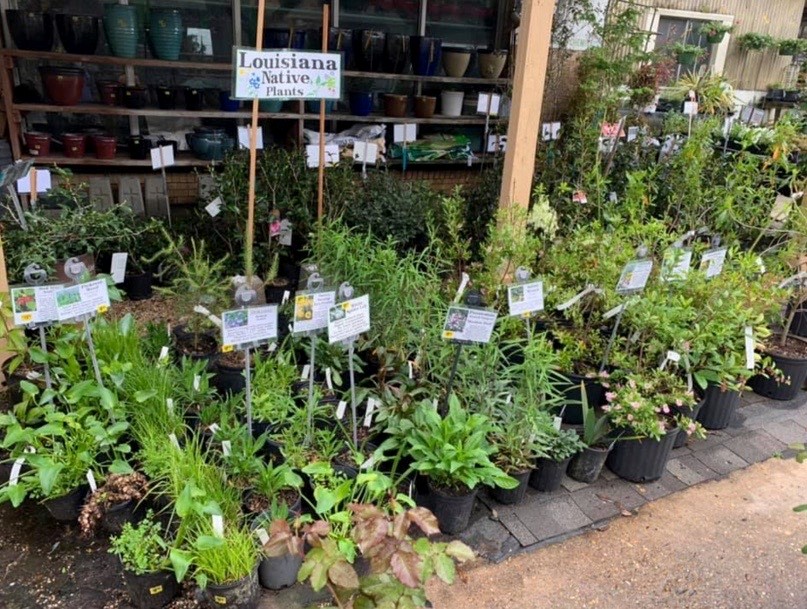Position Statement Regarding Habitat Gardens and Communication Toolkit from LNPS
Louisiana Native Plant Society (LNPS) recently put out a statement on habitat gardening and best practices for ecological resilience. The Native Plant Initiative of GNO is aligned with this statement and supports property owners adherence to best practices of land and water conservation as crucial wildlife habitat. You can read the entire position statement HERE. […]
Position Statement Regarding Habitat Gardens and Communication Toolkit from LNPS Read More »


